Written by Susanne Schwenzer, Planetary Geologist at The Open University
Earth planning date: Wednesday, Feb. 26, 2025
The fine detail of the image above reminds us once again that geoscience — on Mars and on Earth — is an observational science. If you look at the image for a few moments, you will see that there are different areas made of different textures. You will also observe that some features appear to be more resistant to weathering than others, and as a consequence stand out from the surface or the rims of the block. Sedimentologists will study this and many other images in fine detail and compare them to similar images we have acquired along the most recent drive path. From that they put together a reconstruction of the environment billions of years in the past: Was it water or wind that laid down those rocks, and what happened next? Many of the knobbly textures might be from water-rock interaction that happened after the initial deposition of the material. We will see; the jury is out on what these details tell us, and we are looking closely at all those beautiful images and then will turn to the chemistry data to understand even more about those rocks.
In the caption of the image above it says “merged” images. This is an imaging process that happens aboard the rover — it takes two (or more) images of the same location on the same target, acquired at different focus positions, and merges them so a wider range of the rock is in focus. This is especially valuable on textures that have a high relief, such as the above shown example. The rover is quite clever, isn’t it?
In today’s plan MAHLI does not have such an elaborate task, but instead it is documenting the rock that the APXS instrument is measuring. The team decided that it is time for APXS to measure the regular bedrock again, because we are driving out of an area that is darker on the orbital image and into a lighter area. If you want, you can follow our progress on that orbital image. (But I am sure many of the regular readers of this blog know that!)
That bedrock target was named “Trippet Ranch.” ChemCam investigates the target “San Ysidro Trail,” which is a grayish-looking vein. As someone interested in water-rock interactions for my research, I always love plans that have the surrounding rock (the APXS target in this case) and the alteration features in the same location. This allows us to tease out which of the chemical components of the rock might have moved upon contact with water, and which ones have not.
As we are driving through very interesting terrain, with walls exposed on the mesas — especially Gould mesa — and lots of textures in the blocks around us, there are many Mastcam mosaics in today’s plan! The mosaics on “Lytle Creek,” “Round Valley,” “Heaton Flat,” “Los Liones,” and the single image on “Mount Pinos” all document this variety of structures, and another mosaic looks right at our workspace. It did not get a nice name as it is part of a series with a more descriptive name all called “trough.” We often do this to keep things together in logical order when it comes to imaging series. The long-distance RMIs in today’s plan are another example of this, as they are just called “Gould,” followed by the sol number they will be taken on — that’s 4466 — and a and b to distinguish the two from each other. Gould Mesa, the target of both of them, exposes many different structures and textures, and looking at such walls — geologists call them outcrops — lets us read the rock record like a history book! And it will get even better in the next few weeks as we are heading into a small canyon and will have walls on both sides. Lots of science to come in the next few downlinks, and lots of science on the ground already! I’d better get back to thinking about some of the data we have received recently, while the rover is busy exploring the ever-changing geology and mineralogy on the flanks of Mount Sharp.
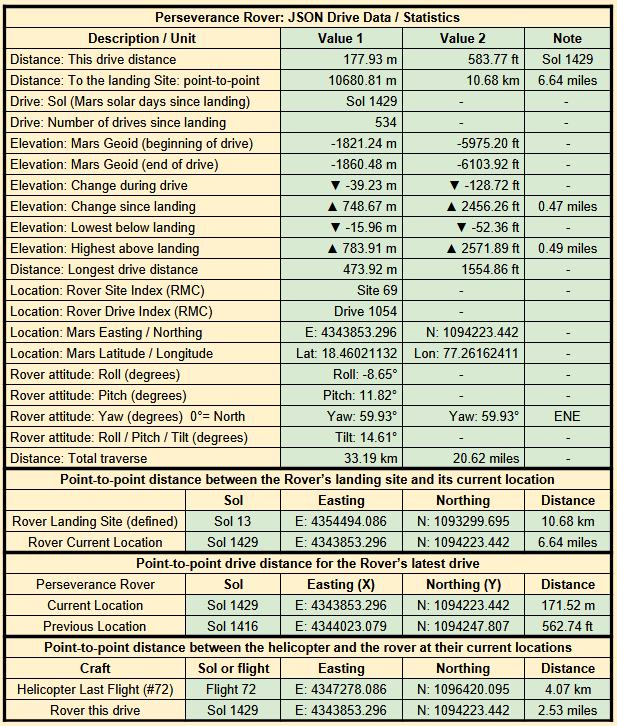
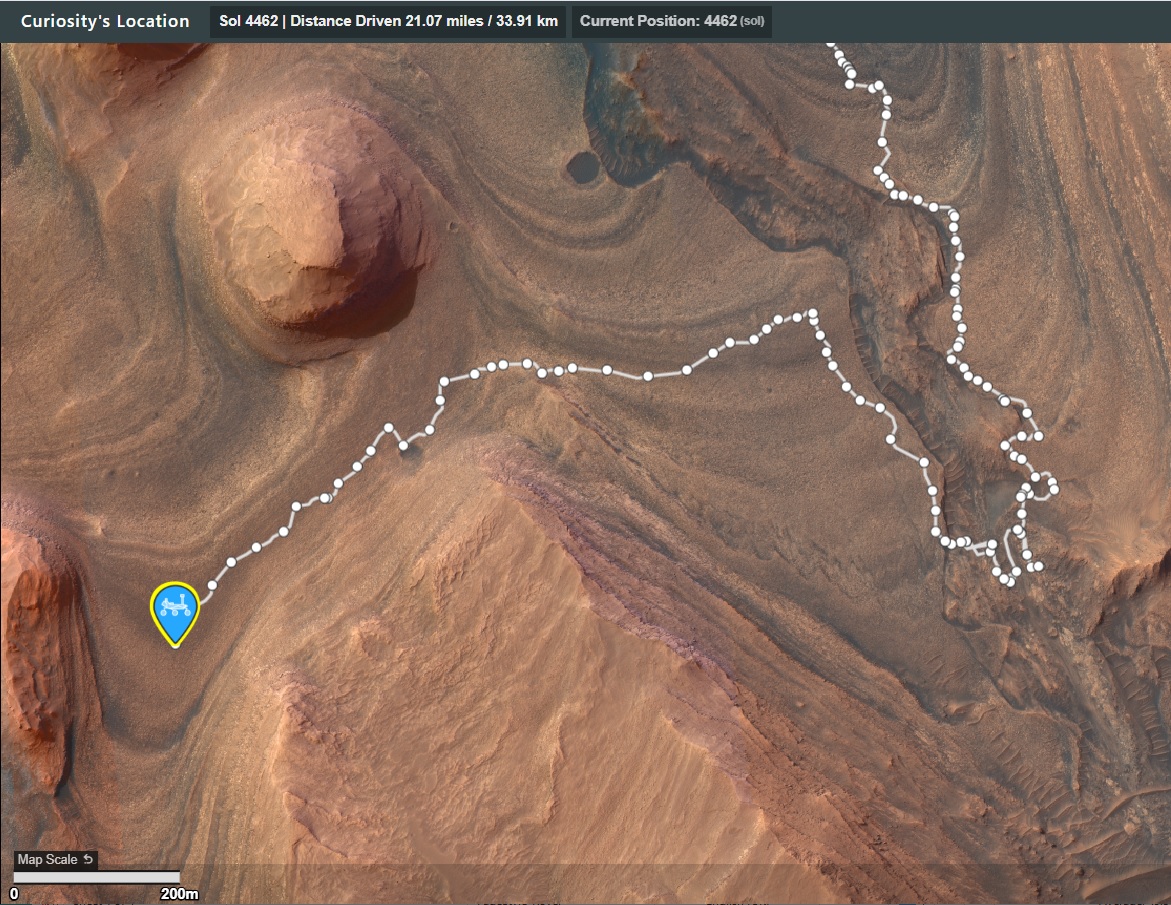

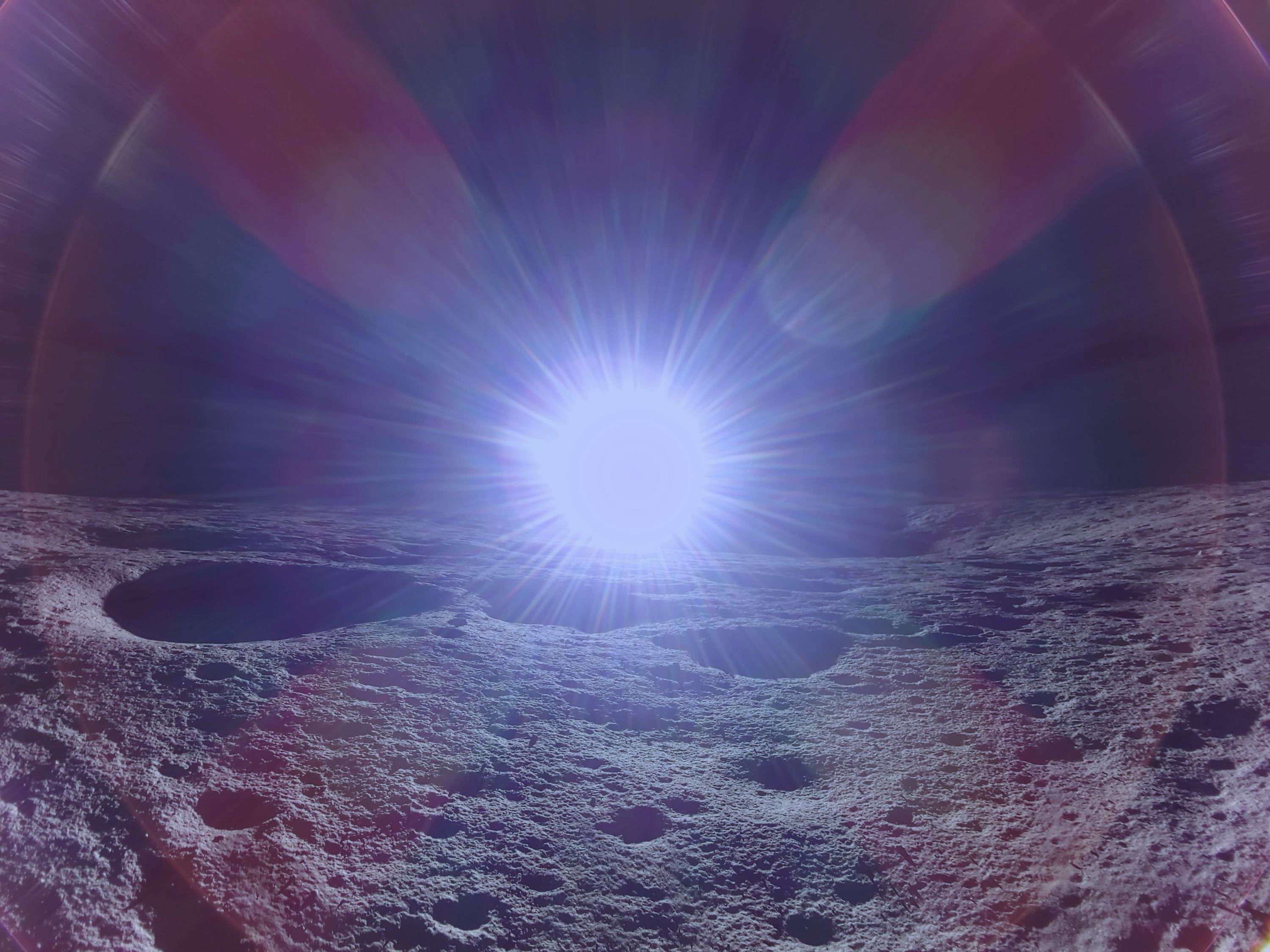
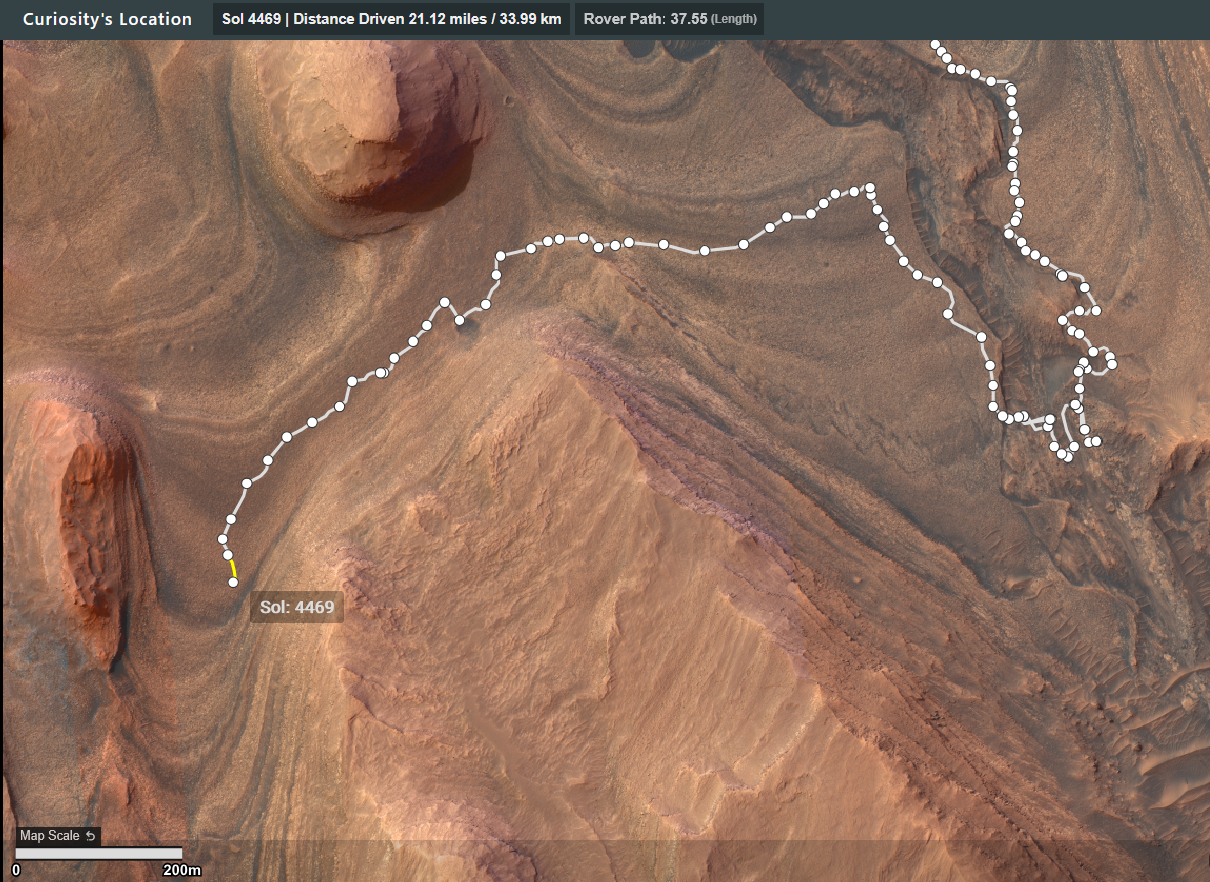

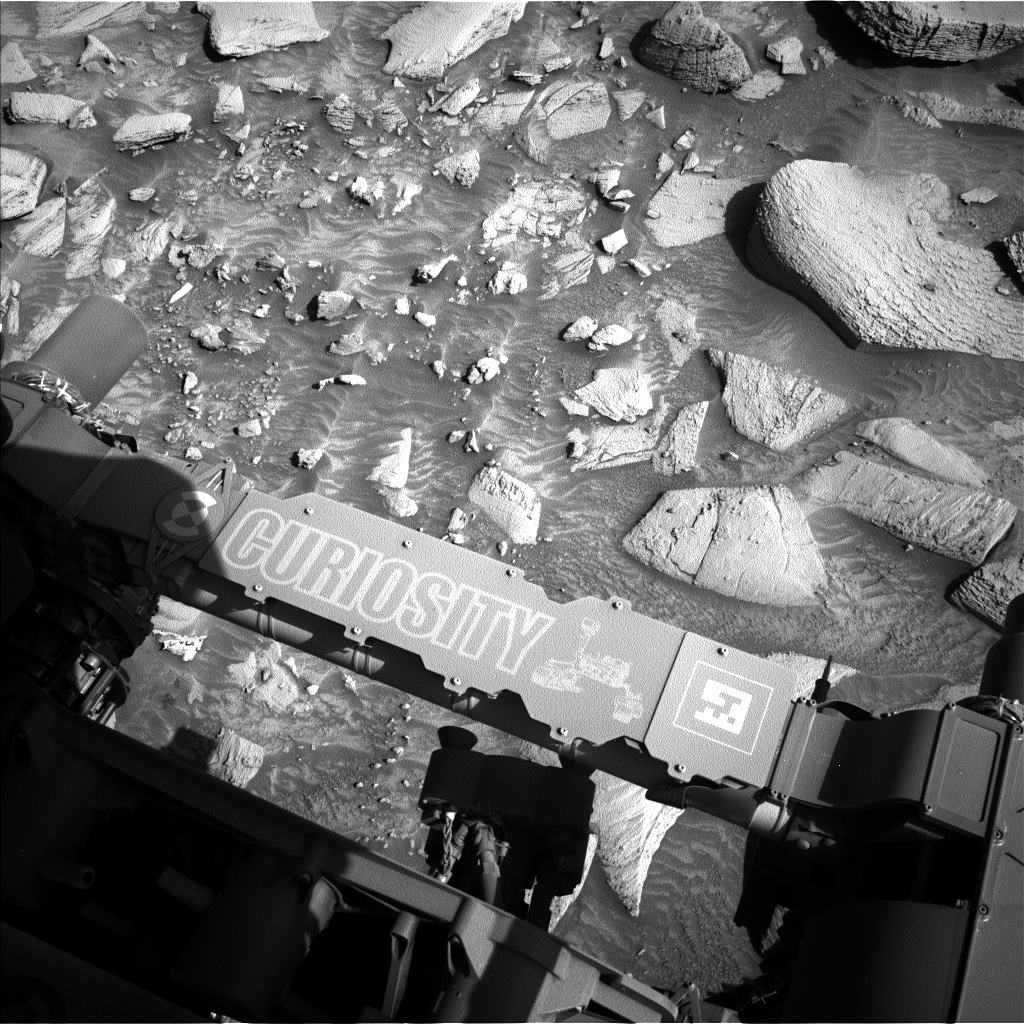
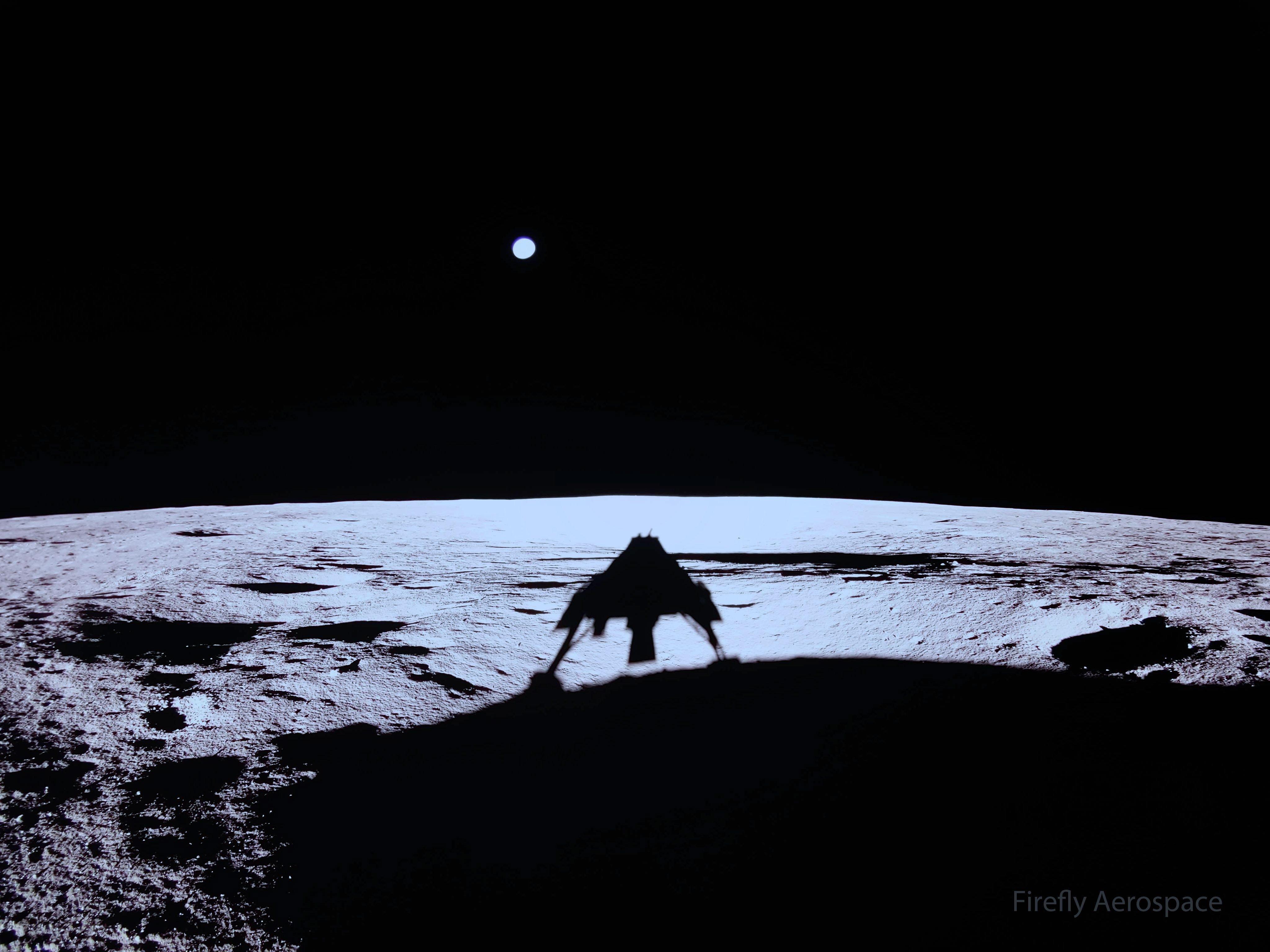
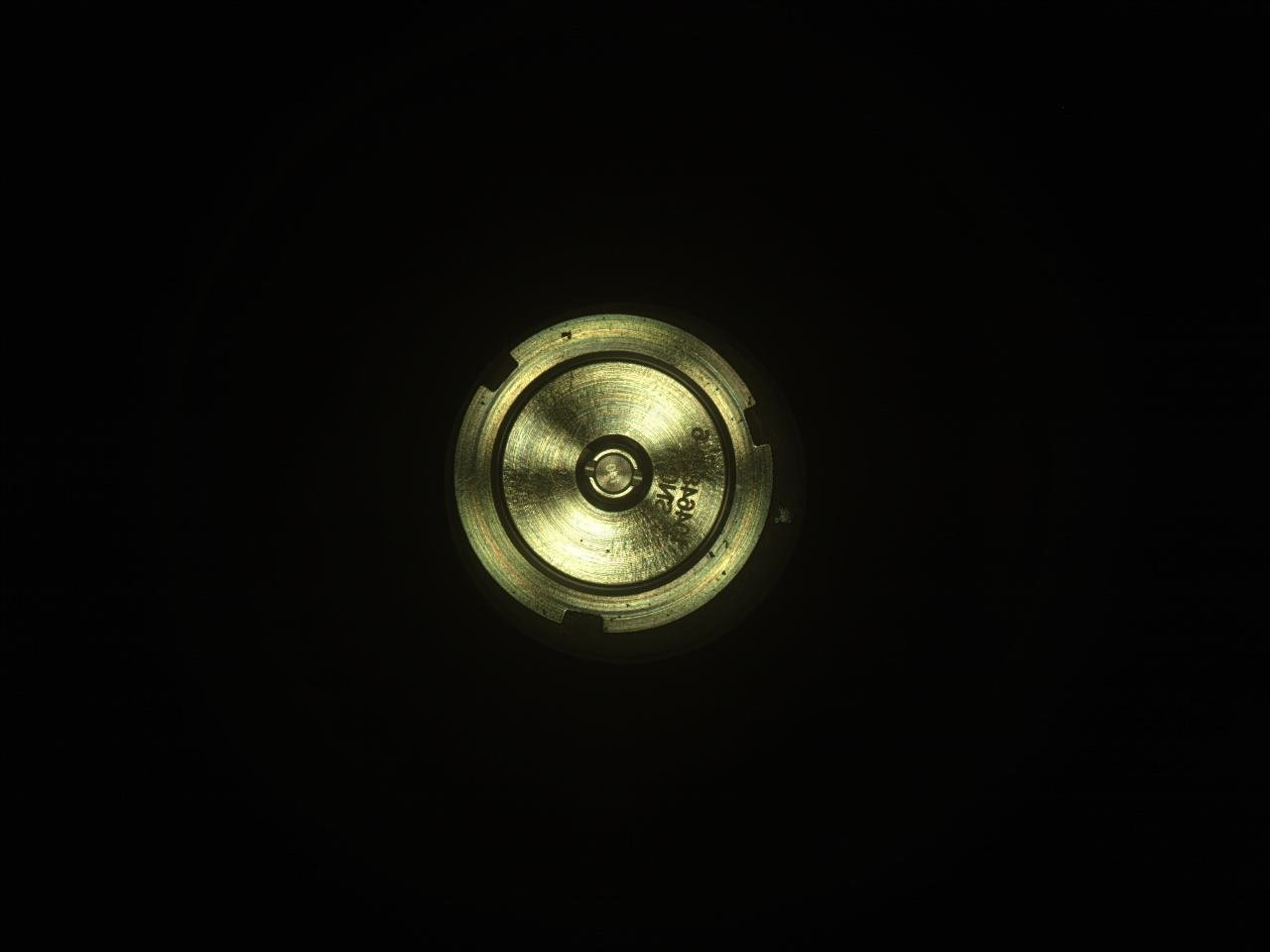


It would seem bigger, but this is imaged with a wide angle lens. The lander has a lot more cameras, I'm sure we'll get some better shots of Earth and a nice panorama of the lander's surroundings in the coming days It's mission will only last 60 days, so they have a lot to do in a short time.